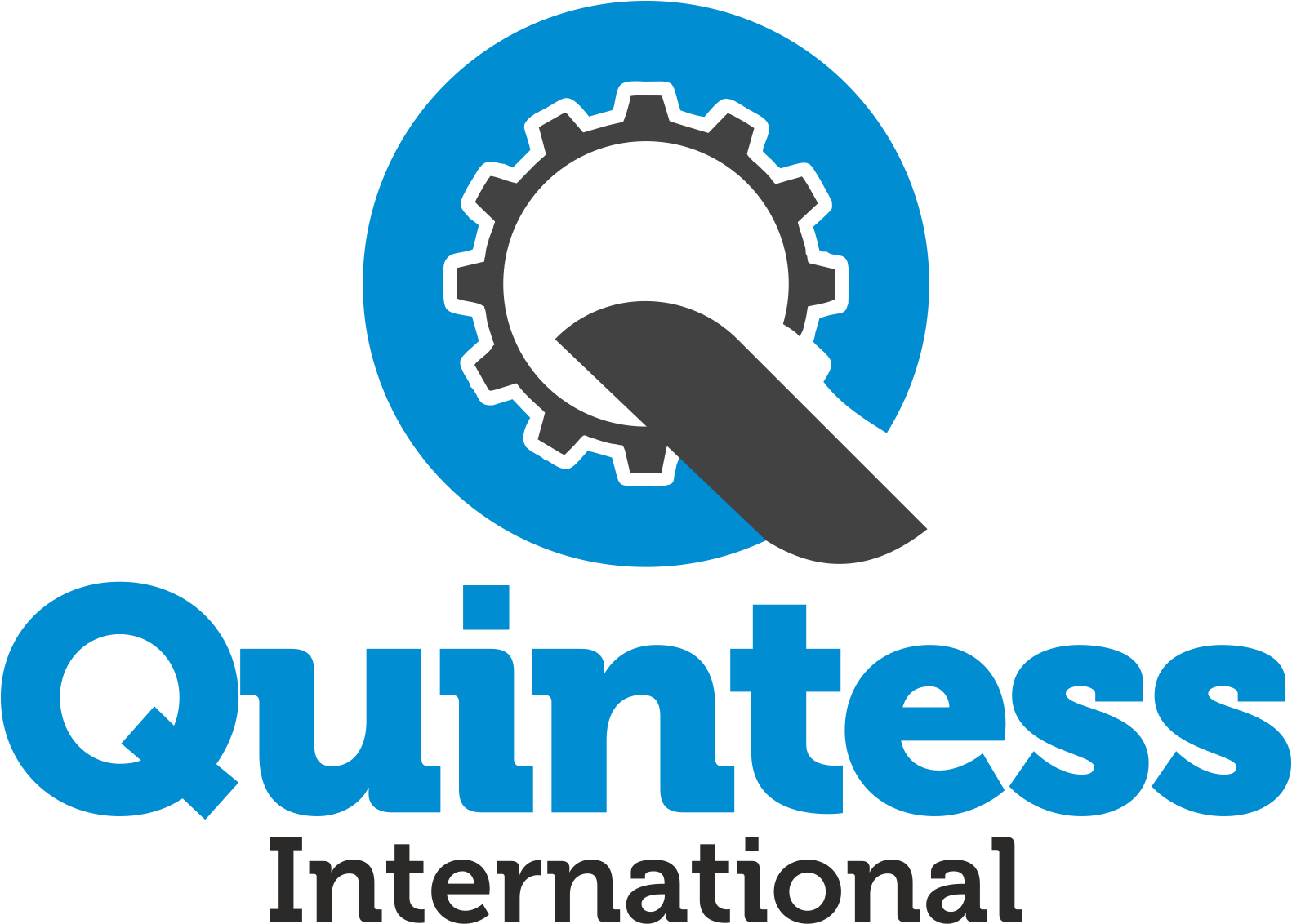The selection of cylinder liner material has a significant impact on engine longevity and performance. Steel and aluminium are two of the materials most frequently utilised to make cylinder liners. For engine makers and builders, choosing between them is crucial since each has certain benefits and certain disadvantages. To assist you in choosing the best cylinder liner for your engine, we’ll go over the main distinctions between steel and aluminium cylinder liners in this article.
Steel Cylinder Liners: Strength and Durability
Advantages:
Superior Strength: Steel cylinder liners are known for their high strength and stiffness; therefore, they can maintain structural integrity under high pressure and temperature conditions. Consequently, this makes them ideal for heavy-duty applications and high-performance engines.
Wear Resistance: Furthermore, the hardness of steel provides excellent wear resistance, ensuring that the liner can withstand the repeated sliding action of the piston over extended periods. As a result, this leads to a longer lifespan and reduced maintenance needs.
Close Bore Centers: In addition, steel’s rigidity allows for closer bore centers, which can lead to a more compact engine design. This is particularly beneficial in engines where space efficiency is a priority.
Consistent Performance: Moreover, steel’s lower thermal conductivity helps in managing heat distribution, thereby preventing thermal expansion issues that could affect the performance and reliability of the engine.
Disadvantages:
Heavier Weight: An engine may weigh more overall if steel is used instead of aluminium since steel is denser and heavier. This might not be the best option for situations where losing weight is a major priority.
Cost: Because of the characteristics of the material and the machining procedures needed, steel cylinder liners may be more costly to produce and install.
Aluminum Cylinder Liners: Lightweight and Heat Management
Advantages:
Lightweight: Engine weight may be reduced overall since aluminium is substantially lighter than steel. In sectors like automotive and aerospace, where every gramme matters, this is especially crucial.
Excellent Heat: Conductivity: Aluminium has a high heat conductivity that makes it possible for heat to escape fast, lowering the possibility of overheating and increasing the cooling effectiveness of the engine. In high-revving engines where heat accumulation might be an issue, this is advantageous.
Cost Effective: Both producers and consumers may save money by using aluminium because it is often less expensive than steel.
Disadvantages:
Lower Strength: Aluminium may not function as effectively in high-stress situations since it is not as stiff or strong as steel. Some of the weight reductions may be countered by the necessity for thicker aluminium liners as a compensatory measure.
Wear Resistance: Because aluminium is softer than steel, it may deteriorate more quickly, particularly in high-performance engines. This might lead to more frequent replacement and maintenance.
Thermal Expansion: Aluminium may expand more under heat due to its greater thermal expansion rate, which could have an impact on the precise tolerances needed in engine design.
Which is Right for Your Engine?
The decision between steel and aluminum cylinder liners, ultimately, depends on the specific requirements of your engine. For instance, if your engine is designed for high performance, heavy loads, or extended durability, then steel cylinder liners may be the better choice. This is because their strength, wear resistance, and ability to maintain consistent performance under extreme conditions make them ideal for demanding applications.
On the other side, moreover, aluminium cylinder liners might be the best option if you’re primarily concerned with weight reduction, cost effectiveness, and good heat management. Specifically, they work effectively in situations when it’s important to reduce engine bulk and the engine isn’t put under a lot of stress.
Steel
Main Component: Iron (Fe) with carbon (C) and other elements added.
Properties: Steel is known for its strength and durability; furthermore, it is generally heavier and has higher tensile strength compared to aluminium. Additionally, it is also more resistant to wear and tear, which makes it ideal for structural applications and heavy-duty uses.
Common Uses: For instance, steel is commonly used in construction (beams, rebar), automotive parts, machinery, pipelines, and tools.
Aluminum
Main Component: Aluminium (Al) with small amounts of other elements such as copper, manganese, silicon, or magnesium to enhance its properties.
Properties: Aluminum is much lighter than steel and has excellent corrosion resistance. It’s also highly malleable and can be easily formed into various shapes. However, it’s generally not as strong as steel, though high-strength aluminum alloys can approach or exceed the strength of some steels.
Common Uses: For instance, aerospace components, **as well as transportation (cars, trains), in addition, packaging (aluminium foil), and consumer goods (laptops, cans).


